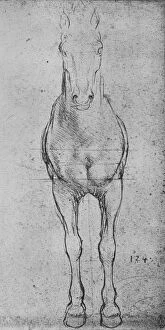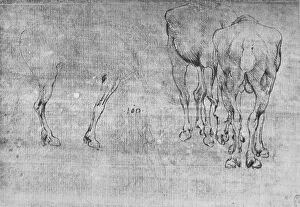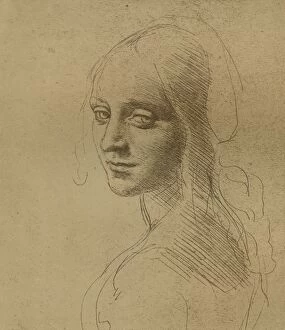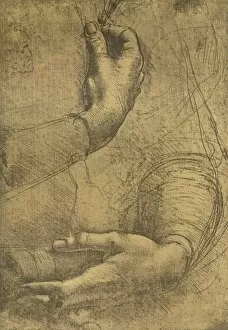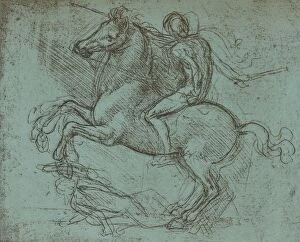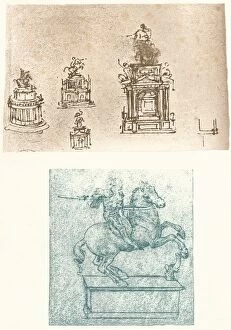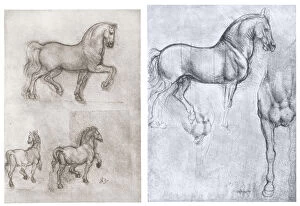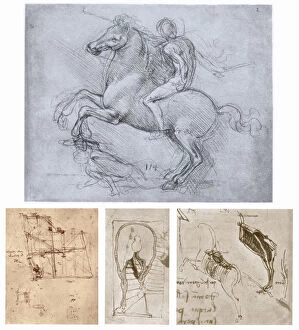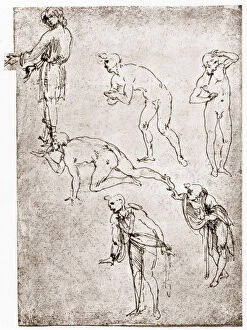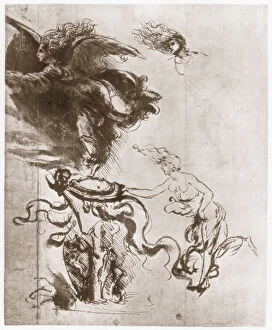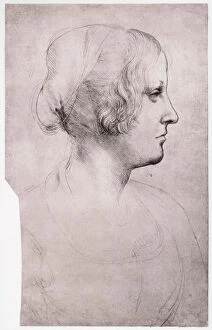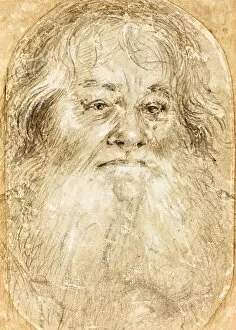Silverpoint Collection (#2)
Silverpoint is a timeless artistic technique that has captivated artists throughout history
For sale as Licensed Images
Choose your image, Select your licence and Download the media
Silverpoint is a timeless artistic technique that has captivated artists throughout history. Dating back to the 15th century, this delicate medium involves using a silver stylus to create intricate and precise drawings on specially prepared surfaces. One of the most notable proponents was none other than Leonardo da Vinci himself. In his works such as "A Condottiere" and "A Horseman Trampling on a Fallen Foe, " he showcased his mastery in capturing movement and intensity with remarkable detail. The studies of horses and their heads further demonstrate his fascination with these majestic creatures, immortalizing their grace and power on paper. Not limited to animals, Leonardo also explored human subjects through silverpoint. His "Studies for Tobias and the Angel" reveal his ability to convey emotion through subtle lines, while the study of drapery showcases his meticulous attention to texture and folds. But Leonardo wasn't the only artist enchanted by this medium; Alphonse Legros also embraced silverpoint in his work. With pieces like "Head of an Old Man" and "Nude Model Seated, " Legros demonstrated how this technique could capture both ageless wisdom and vulnerable beauty. The allure lies not only in its historical significance but also in its unique aesthetic qualities. The soft shimmering lines created by the metal stylus lend an ethereal quality to each drawing, adding depth and dimensionality unlike any other medium. Today, contemporary artists continue to explore silverpoint's possibilities, pushing boundaries while paying homage to its rich heritage. As we marvel at these exquisite artworks from centuries past or gaze upon modern interpretations, we are reminded that even though time passes, true artistry remains eternal.

